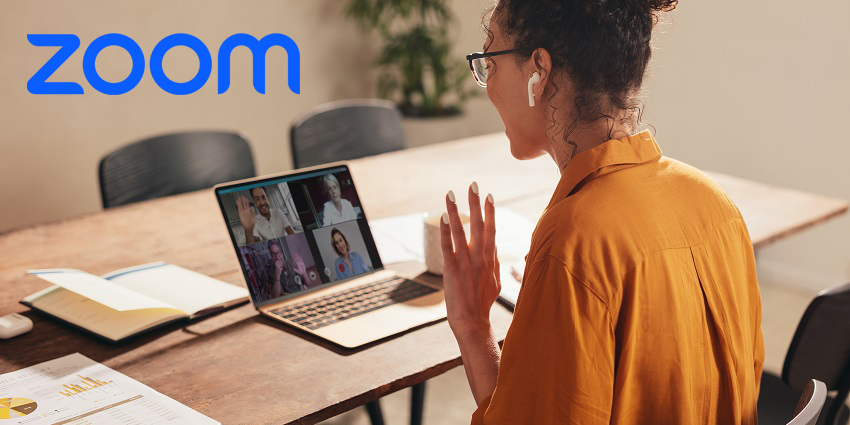Twenty-five years ago, the challenge for the nascent VoIP and video conferencing companies was getting enough customers to accept the limited image and audio quality and to use their new and relatively expensive technology enough to justify the costs. A limited set of early use cases has grown so there are now hundreds of interactions that benefit from adding a visual presence when communicating. Now, the challenge is in how to get the most out of video conferencing and collaboration solutions without relying on them so much that users get burned out.
What is Video Fatigue – and is it Real?
Video fatigue is that exhausted feeling one gets after a day of non-stop virtual meetings. A recent study by the University of Arizona found that “feeling drained after a day of virtual meetings is worse for those who keep their cameras on throughout those meetings…[and] the study also shows the effects are often stronger for women and newer employees.” (University of Arizona, 8/30/2021).
The research for the study was conducted by Professor Allison Gabriel, McClelland Professor of Management and Organizations and University Distinguished Scholar at the University of Arizona Eller College of Management. Based on the findings, Gabriel says: “When people had cameras on or were told to keep cameras on, they reported more fatigue than their non-camera using counterparts. And that fatigue correlated to less voice and less engagement during meetings. So, in reality, those who had cameras on were potentially participating less than those not using cameras. This counters the conventional wisdom that cameras are required to be engaged in virtual meetings.”
Because video fatigue is a real thing, enterprises must rethink when and how best to use video conferencing and collaboration tools. There seems to be an easy answer to the issue, just allow employees to participate in video conferences without cameras turned on. However, if many or most people in a meeting have their cameras off, you lose the benefits of video and then begs the question: what’s the point of having video conferencing at all?
There are other obvious adjustments that can be made that may help quite a bit, including shortening meetings by cutting them in half or, if you must have long meeting to schedule plenty of breaks. There’s plenty of research to suggest that many meetings are unnecessary so eliminating meetings entirely can be an option.
Employ an Excellent Solution
NetSapiens believes the best thing organisations can do to make video conferencing less painful for participants, is to use an excellent video conference solution like our SNAP.HD.
“We understand the challenges for the new hybrid workforce and truly appreciate the issue of video fatigue,” says Chris Aaker, the Vice President of Engineering at Netsapiens. “Like the rest of the corporate business world, we have been working remotely during the pandemic, and have recently moved into a hybrid approach where we can get the best of in-person communication, but also people keep in close working relationships with our still remote team members.”
“Fortunately, we have been able to use our own technology and our SNAP.HD video conferencing and collaboration solution to stay connected with our teams,” he adds. “We’ve truly been drinking our own champagne and applying the best practices of allowing colleagues to turn their cameras off during calls while still benefiting from the collaboration tools – whether it be for a quick sync up or a larger knowledge-sharing webinar.”
The Future of Video Conferencing
Strong solutions like NetSapiens SNAP.HD provide your team with specific attributes such as ease-of-use, industry-leading secure technology, flexibility to enable face-to-face communication from one-to-one to full team meetings, and immersive experience that provide an in-the-same-room feeling. In addition, effective solutions should provide reporting capability, customisation to allow tailoring to preferences and collaboration tools that deliver the digital equivalent to being in a meeting room such as screen-sharing and side-bars for text chatting.
“Our relentless innovation on behalf of our customers and partners has enabled service providers to deliver an immersive in-office experience while keeping their customers securely connected from anywhere on any device,” says Jason Byrne, the Senior Vice President of Solutions at NetSapiens. “The ability of service providers to brand our feature-rich platform that enables their customers to collaborate in a shared workspace while empowering more personal meetings has delivered on the promise to the remote workforce.”
The future of video conferencing is closely tied with the success of the new hybrid workforce. If organisations acquire the best-in-class solutions and use them smartly, they will thrive in the new environment without burning out their employees.







